What Is Email Marketing
What Is Email Marketing And How Does It Work?
What Is Email Marketing?
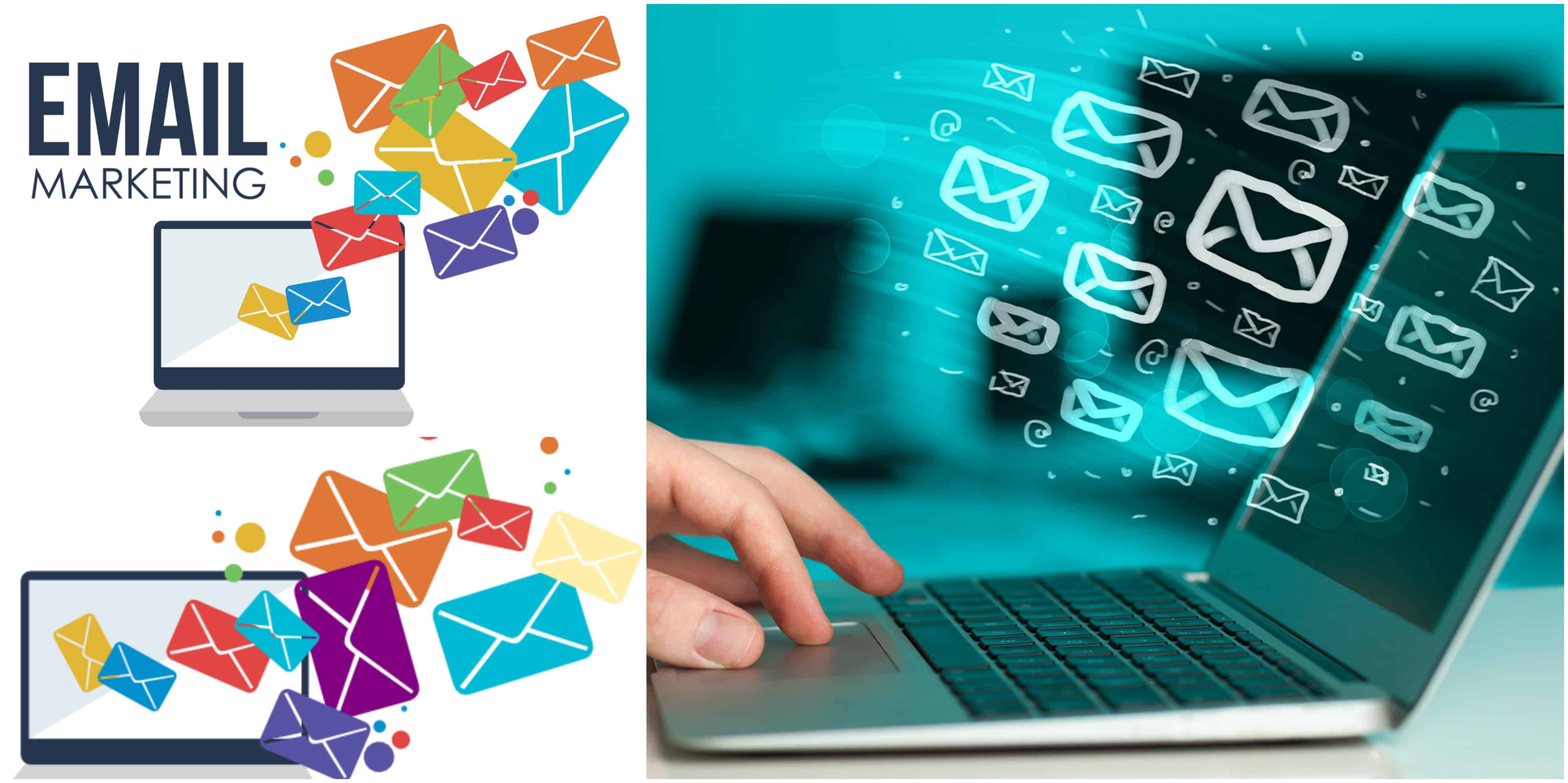
What Is Email Marketing And How Does It Work?
Email marketing is a form of direct marketing where you are sending emails to a list of contacts who have given permission to receive email communications from you.
In other words, email marketing is marketing your product by email to a list of email addresses you have acquired. It is, in essence, a form of organic marketing.
There are various ways of email marketing you can use in your email marketing campaigns. Using a combination of the ones listed below will help you build trust with your customers and long-term customer loyalty.
What is meant by email marketing?
Email marketing is an approach to marketing that allows a user’s email lists to be kept informed about new products. This can also be a more gentle selling strategy for educating customers about your brand or keeping people interested in your product.
Once you’re set up with your email service provider, you can begin building your email list and start building a solid following by sending emails with informational value along with your promotional messages.
Types of Email Marketing
- Informational emails
- Promotional emails
- Re-Engagement emails
Informational Emails
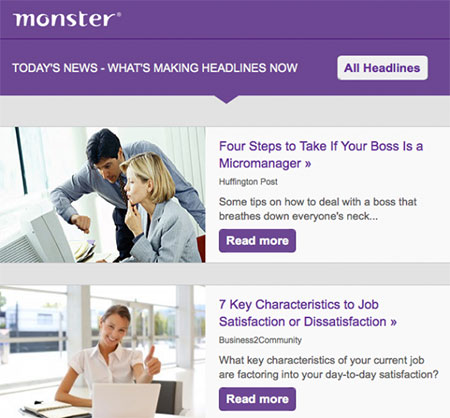
I think of these as “value” emails. These are important in that you don’t want every email you send to your list to be a sales pitch. You want to make sure you’re sending valuable content which will help them to get to know you, like you, and trust you. So, you want to be sure and include these in your email marketing strategy.
There are some occasions when you can bombard a list with promotion-related emails, but this is when your target audience may be from a list built from solo ads. The names on this type of list are usually prospects who have bought many times before. Generally, however, it’s low-ticket items, and research shows they rarely follow through and implement the course or software they bought. They’re just looking for the “get rich quick”, no-work-involved machine and when it’s not, they move on to the next thing.
But, when trying to build a good solid list that will follow you and buy from you over and over, you have to build trust. The informational emails are how you can do this.
These can be how-to emails, reviews of products or software, tips and shortcuts, etc. You can send links to Youtube videos of your own or others that you think may help the people on your list. The main thing you’re focusing on in these emails is value, because, value is what will help guarantee your email marketing success.
Promotional Emails
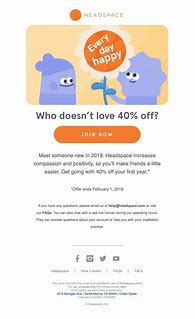
Promotional emails are just what it says. You’re promoting whatever product or service you have to offer. These are also known as transactional emails.
This can be done in a number of ways.
You can do reviews or comparisons. You can simply send an email about software, course, or service you have found that you think may really solve a problem for them.
Of course, somewhere or in a number of places in the email, you include your affiliate link for whatever you’re offering so if they click on that link and purchase, you make your commission.
Re-engagement Email
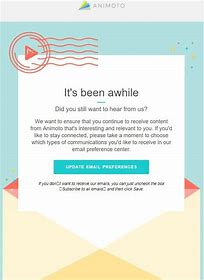
This email is to help you re-engage with subscribers who haven’t been active for a while. It could be in the form of a questionnaire, a survey, or simply an offer if there is anything you can help them with.
It’s important to try and keep your list active because if they’re not, they’re costing you money. Your email service providers charge you by the number of email addresses on your list, so if they’re not active (as in opening your emails and checking out your offers), then you’ll need to delete them. (more on this in a bit)
How Does Email Marketing Work? What Are ESPs?

Typically business emails are sent by ESPs. Email services providers are programs that send and manage emails for business purposes. Email marketing software is commonly used in the field as an email marketing tool.
There are various email service providers out there and you need to do your due diligence to make sure which one is the right fit for you. If affiliate marketing is your business, make sure the service provider is affiliate friendly. This means that they’re okay with you sending affiliate links in your email marketing campaigns. There are some that are not and will freeze or cancel your account.
Putting how email marketing works in simple steps;
- Set up an account with an ESP
- Start building your list
- Create your email marketing campaigns (mixing emails that are both informational and transactional.
- Send follow-up emails
Below, I’ll go through 10 steps to launching your first email marketing campaign.
Setting Up Successful Email Marketing Campaigns
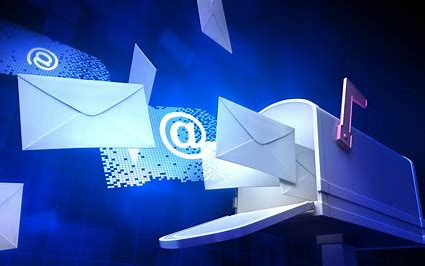
There are different email marketing strategies and email marketing tools you can use and campaigns are one of them.
Below is how you can get your first email marketing campaign set up and working for you.
1. Find An ESP
So, your first step is to find the email service provider you want to use. They’re also known as email marketing platforms or sometimes referred to as email marketing software.
AWeber, Sendinblue, GetResponse, Constant Contact, and Sendgrid are just a few. And as mentioned before, make sure they are affiliate friendly. (if you’re an affiliate marketer)
There are some that offer 30-day free trials and some like AWeber offer a totally free plan that is really helpful when you are first learning.
Also, there are a couple of ways that they can charge you. One way is by the number of email addresses you have on your list and the other is by the number of emails you send out. You’ll need to decide which is better and more economical for your situation.
Most email marketing platforms have the drag-and-drop editor that makes building emails a breeze. Also, take a look at their support. Some offer as much as 24/7 support which comes in handy when you’re stuck on something at 2 am in the morning.
2. Build Your List
Of course, the heart of your campaign is your list which you need to start building as soon as possible. There are a number of ways you can go about doing this. You can use social media platforms by offering something in return to join your FB group and enter their email address.
You can have a pop-up on your website or blog post offering something of value for their email address such as “1o Best ESPs” if you’re article is about email marketing.
You can build a landing page that collects the emails for you in return for something of value and relevant to the product/service you offer. Sometimes this feature is built into your subscription with the email marketing platform you use such as AWeber.
3. Segment Your List
This is simply putting the prospect’s email in the best list that suits them. For example, if someone buys a Clickfunnels subscription through you, then put their email address under a list titled “Clickfunnels Customers”.
If someone enters their email when joining your Facebook group about affiliate marketing, then put them in the “Facebook Group” list or “Affiliate Marketing” list.
By doing this, you can be more specific to each list when needed. Ex: You wouldn’t send an offer of a discount for a Clickfunnels subscription to your list of “Clickfunnels Customers”, but you would to your “Affiliate Marketing” list.
Or you wouldn’t send an email welcoming them to Clickfunnels if they joined your Facebook group. You can be more specific with your email marketing strategy by segmenting your list.
4. Send Your Welcome Email
The first thing you want to do is send a welcome email to your new customers. As soon as someone subscribes to your email list send them an email welcoming them to the Facebook group, newsletter, or whatever it is they are giving you their email address for. And in this welcoming email, they should also receive the lead magnet you are exchanging for their email address.
I have my welcoming email at the beginning of each campaign to kick that particular campaign off.
This first email that your new subscribers are receiving from you is a good opportunity to engage subscribers by asking a question such as “What is something you think is holding you back from the success you want?”
5. Create Your Email Campaigns
This is a great example of email automation because that is what email campaigns actually are.
Email campaigns are a series of emails that are sent out at certain intervals that you choose automatically. You can have enough prewritten to go out every day for a week or for six months or a year. You can have them set to go out every day, ten a day, every other day, once a week, etc.
It all depends on what type of campaign will suit what you need most. The good part of a campaign is that you stay in your subscriber’s minds. They see your emails on a regular basis and maybe not now, but later, if they need a product or service you provide, you’ll be the first they think of. You’re building customer loyalty.
Another good thing about email marketing campaigns is the fact that you can write your emails ahead of time instead of as you need them. I often will take a day and dedicate it to writing emails for my email campaigns. I’ve written as far ahead as three months, four emails a week in one sitting.
Hit the “start campaign” button and for the next three months, four emails a week on whatever days you’ve designated will be sent like clockwork without you thinking about it. This is called your email marketing campaign.
This is what email marketing is all about! Building out campaigns for various lists and letting marketing automation take over.
So, now press that “start campaign” button and your first email campaign is launched!
Follow Up Emails
This is where a lot of money is left on the table.
A lot of folks don’t think about this at all. If you build your campaign correctly, these follow-up emails will be built into the campaign.
Your email subscribers, (who are your potential customers) seldom buy on the first contact. In fact, studies show that a prospect needs to see or hear your marketing message at least seven times before they buy from you.
It’s an old marketing adage that’s been around for years called The Rule of Seven.
Now, the number seven isn’t a given, but, it means you can’t just approach them once and think you’ll make a sale.
Thus, the follow-up email.
In your campaign, wherever you’ve inserted your transactional emails, make sure the next email in the campaign is about the product in the previous email.
For example, in the subject line you could say, “Did you see it yet?” or “You didn’t miss out on the special time-sensitive deal yet!”
You want your follow-up to be about something in the transactional email to remind them about whatever it was you were offering. It’s pretty much the old “out of sight out of mind” thing.
And you don’t want to send the same email each time. Experiment, spice it up, try different angles, but, remind them about that original promotional email. Sometimes, I’ll send an informational email in between the follow-up emails but always do six to ten follow-ups minimum on a promotion.
I’ve had many buys on the third follow-up all the way up to the tenth follow-up email. I’ve even had someone buy over a year later from a follow-up. (It was about an upgrade to the previous year’s software and this prospect hadn’t bought it originally, but when he saw my upgrade follow-up, he purchased the software.)
Broadcasts

Another aspect of email marketing is your broadcast.
This is when you simply want to send out an email to all your lists or various segments of your lists. You’re sending them a broadcast. An email that’s not part of a campaign.
Some new deal may have popped up with one of your offers and you need to get the word out.
Or you may just have one of many marketing tips you want to randomly send out to your list.
This is when you use the “Broadcast”, sometimes referred to as “Blast”.
Also, you can send it out immediately or set a later time for it to send to the lists you have designated.
Email List Cleaning
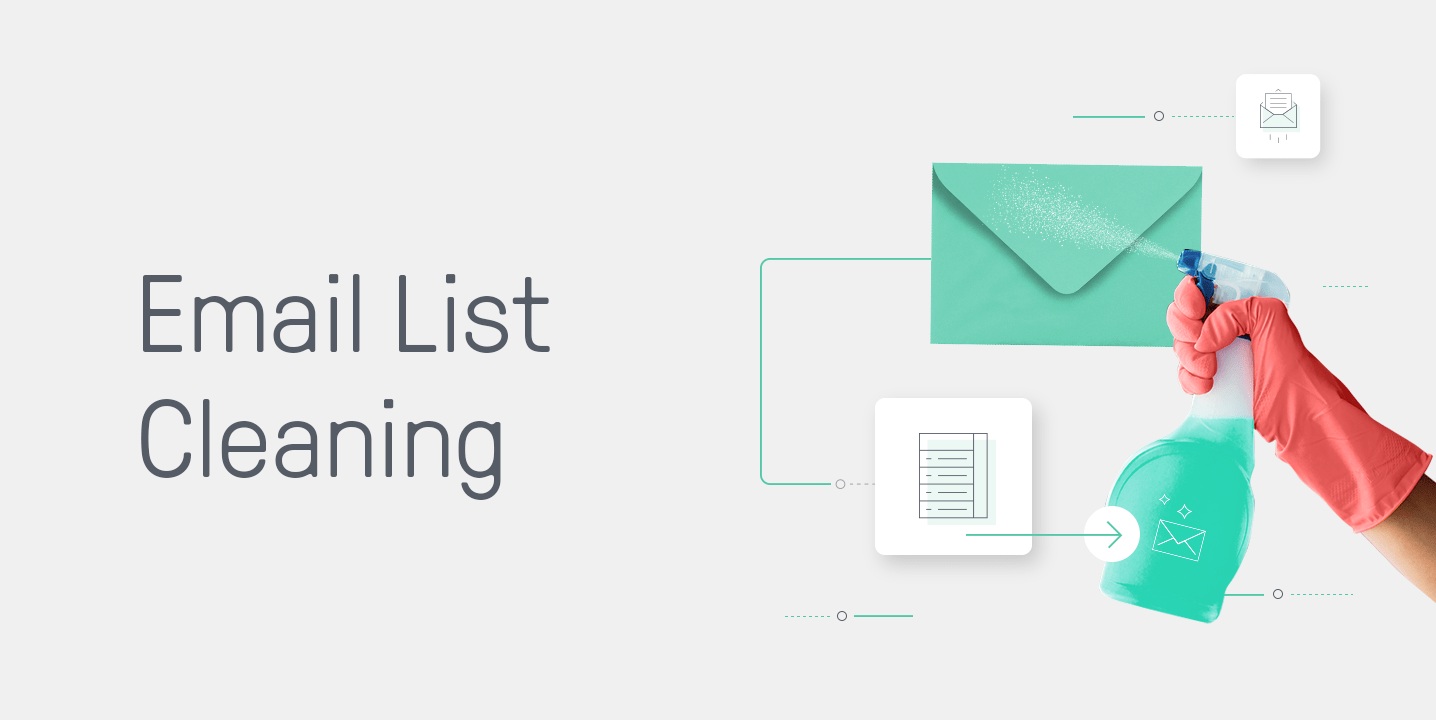
A big part of email marketing is list cleaning. This is essential in order to truly optimize your email list.
Periodically, you should go through lists to see who is opening your emails and how often.
You can set the time frame you want to check, such as “opened in the last six months”. If someone has been getting your emails regularly for six months and hasn’t opened one, they need to go. They’re taking up room on your list and costing you money.
Some folks give them longer to respond, saying they’ve had a sale from someone on their email list that hadn’t opened an email for over a year. I’m lenient when I go give them six months. Most email marketers give them three months.
One, they’re making your open rates percentage go down and two, you’re being charged for that email address that your not benefiting from.
For example, AWeber charges by the number of email addresses on your list. If your premium list is 0- 500 addresses you’re charged $19.99 a month. However, if it goes to 501 addresses, it jumps to the next price bracket of $29.99 a month for 501-1,000 addresses. (less if billed annually)
So, if you had 518 on your list, but 30 of them never open an email, you’re paying ten bucks more a month than you need to. Clean your list regularly. It’s one of email marketing best practices.
Whether you’re being charged by the number of addresses on your list or by the number of emails sent, that address is hurting you. Delete it, move on, and replace it with an email address that will respond.
A/B Testing And What Is It?
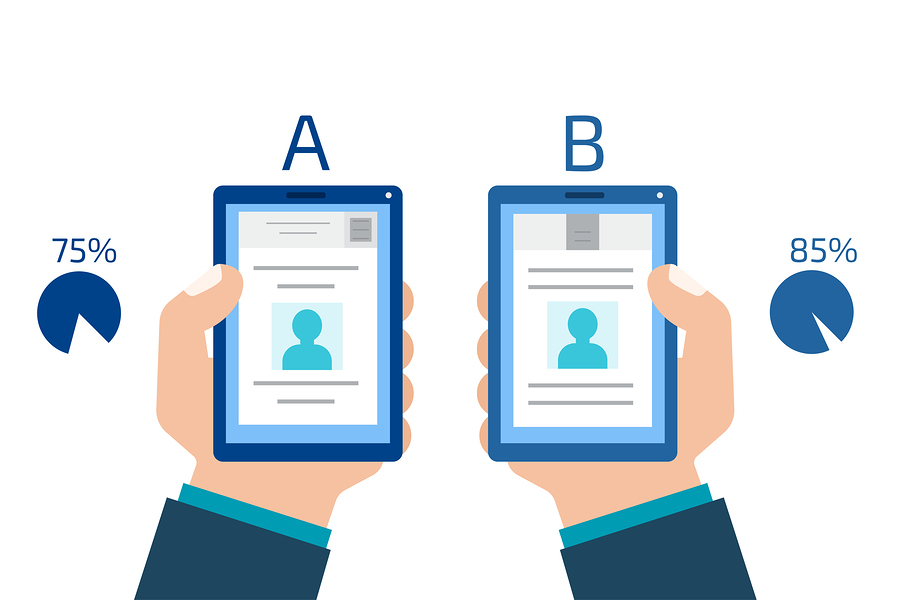
There are a few key areas of your emails that you should A/B test. By A/B testing it means you have version A and you have version B.
- subject line
- opening lines(above the fold)
- from name
You track both versions to see which version is getting the best open rates and the most clicks if there is a CTA (call to action). After a few hundred emails, choose the winner and drop the other. Now, A/B test the winning email with a new version. And so on and so on until you are getting the highest percentage possible of open rate and click-through rate.
Start with the subject line. Try two different subject lines and see which performs the best.
Then test your opening lines that appear “above the fold”, (top 100px when the email is opened)
Your subject line is what got your email opened and now the content of your first couple of lines is what will keep them reading. Keep testing these until you get the best results.
And then test the “from name”.
Believe it or not, this can make a difference. If you’re trying to build your personal brand, then using your own name may work better than the name of your business. If they know, like, and trust you, your name will most likely win out.
But if folks are used to seeing the name of your business, maybe the results will be better. The fact is you don’t know until you test. Even test from your first name versus your whole name. You can never A/B test too much. Always take advantage of all the email marketing tools available to you.
You can find tips, examples, and email ideas for A/B testing at Mailcharts.com
Advantages Of Email Marketing
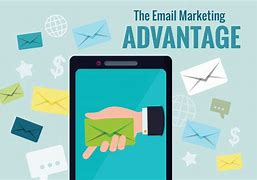
- You own your list. In other marketing channels, your list is not truly yours. In other marketing platforms, if they go defunct, your list goes with them. Facebook for example could shut your Facebook group down and everyone on your group list would be lost. (unless you have a backup plan)
- You’ve been invited in! If someone opts in on your landing page and gives you their email, you are getting permission to communicate with them. It’s like being invited over for a visit. They’ve told you they have some sort of interest in what you have to offer.
- Direct access. You’ve got one on one access with your subscriber or audience. You can write your email as if you’re speaking to that person directly. And it will be read. Who doesn’t check their emails every day?
- Easy to measure. You want to measure any marketing campaign that you have and with email marketing, measuring is a cinch. You can know who gets your message, opens it, clicks on your links in the email, or doesn’t.
Disadvantages of Email Marketing

- You need a list. It goes without saying, you can’t send emails out without a list and if you don’t have one you can’t have email marketing.
- Strict guidelines. Everything commercial has rules. Email marketing is no different. The main thing to not do is spam. In other words, don’t send an email without their permission. The rest is really common sense.
- Competition. The main disadvantage today is the competition. Everyone’s email box is stuffed full each day and you’re competing to be the one opened and read and not end up in the spam folder. There are email marketing tools that can help with this but better yet is to have an interesting email subject line and opening sentences. And if you’re sending from your list that is built only from folks opting into your list, (giving permission) you’ll have an edge on the competition.
Measure Your Metrics

As important as tracking your ads and promos to know where your clicks and sales (or no sales)are coming from is measuring the metrics of your various email campaigns.
There are only a bit over 23% of marketers that integrate their website and emails to track what happens after a click. And about 15% don’t even review the clicks and opens of their email.
There is so much you need to keep a handle on so you know where to make improvements. Here are some things you want to watch for.
- Open rate
- Click rate
- Unsubscribes
- Bounce rate
- Order and conversion rate
By keeping an eye on these few things and different combinations of them, you can figure out the best email to send to your subscribers.
Let’s say your open rate is up but the click rate is down. You should try changing your call to action button; a different color, or a witty CTA on the button. Something is not grabbing their attention to get that click.
Or if you’re getting a lot of unsubscribes or complaints, it could be that your email is not relevant to what they are into.
By watching for different signals like these, you can tweak and improve your email marketing, and your email marketing efforts will be more successful.
Summary
Email marketing is NOT dead. You’ll hear that it is quite a bit in social media and a lot from those that are marketing alternatives such as bots.
Remember, having your own email list is gold. It’s YOUR list and no one can take it away.
You can segment your lists so that you can specifically target your emails so that they are relevant to that particular subscriber.
You can send emails stuffed with value, and reviews, or pitch a product.
Use your campaigns to help your subscribers get to know, like, and trust you. As your list grows, if done properly, so will your income.
Remember, email marketing is a form of direct marketing where you are sending emails to a list of contacts who have given permission to receive email communications from you.
Use that permission wisely.
